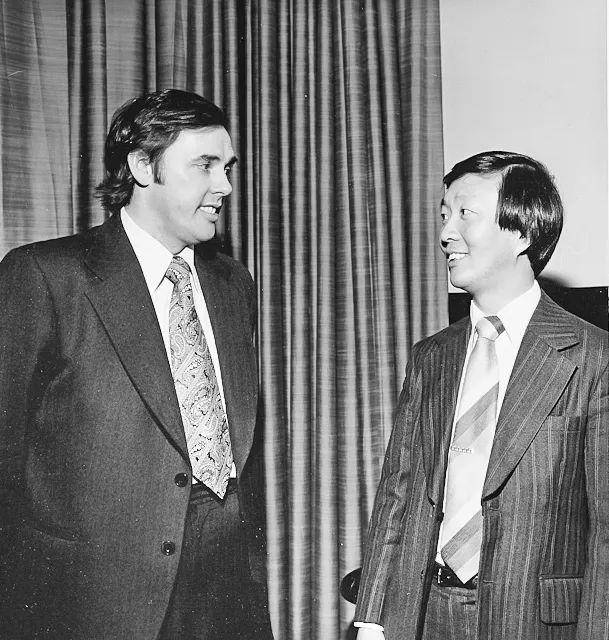Why fiber optic?
What is fiber optic communication?
The fiber optic communication is a way of sending information from one place to another. Through a small core of optical glass or plastic pulses is sent with infrared and visible light.
Historically communication was typically transferred through copper cables or radio, but in 1965 Mr. Kao and Mr. Hockham discovered a way to transfer light through glass fiber with an insertion loss lower than 20db/km. This was the start for the development of fiber optic communication and many years later in 2009 Charles K Kao was awarded the Nobel prize in Physics for his groundbreaking achievements concerning the transmission of light in fibers for optical communication.
Optical fiber is today used by telecommunication companies, defense industries, industries, transportation, surveillance and in all types of civil communications. Most commonly known are the fiber optic network that most of the Scandinavian people have in their homes today.
Physical benefits
There are many benefits of using fiber optic cables instead of copper. Compared to copper cable the fiber optic cable is lighter and slimmer. The fiber is more flexible and can bend, sustain higher pull pressure with less prone for breakage or damage. Another benefit is that the fiber cable is not impacted in corrosive environments that is a common problem with copper.

Benefits of fiber optic network
The fiber optic cable most advantages is that it can deliver data to multiple users in a higher speed for longer distances without losing the connectivity.
1. Increased bandwidth
The increasing need to send and receive information between businesses or different devices creates the need for availability to high bandwidth. Compared to metal cables the fiber optic has much greater bandwidth and can therefore transmit information at a higher speed. The usage of connected devices such as TV, surveillance cameras, cloud applications etc. demands a high bandwidth.
2. Better bandwidth means higher speed
Even compared to the highest-speed copper internet connection, is the fiber optic networks significantly faster. This means that heavier data can be transmitted, and more information can be sent and be received.
3. Transmission over longer distances
The fiber optic is a so-called low power loss medium. This means that the signal isn’t lost on the way compared to electronic signals through copper that loses speed and power after 100 meters distance. The fiber optic cable can send signals up to 10 kilometers.
4. Higher security from eavesdropping
Compared to cables of metal that easy can be wire tapped the fiber optic cables transfer light and not electronic impulses, this makes the fiber optic harder to tap without being exposed or revealed. This means that the fiber optic hardware and electronics can be centralized at one location, compared to the copper that needs to be installed within distribution locations throughout a facility.
5. Physical features
Today more of the things we own are connected to the network and for businesses it can be costly when the connection is lost. Unplanned downtime can cost millions and for some it can cost lives. Therefore, it’s important with reliability on the connection.
The fiber optic cable is thinner and lighter, has a flexible bending and can withstand more pull pressure, that makes it resist full towards damage and breakage, compared to copper. Even the glass core is more resist full towards corrosive element that usually is a problem for copper cables.
The fiber optic cable is not impacted by electromagnetic interference, lightning, or radio-signals, because the cable does not conduct any electrical current. The fiber optic networks also have an advantage of not being sensitive to different weather conditions that could interfere with the transmission through copper cabling.
6. Improved latency
In todays high-speed society most people don´t like to wait for the video to be downloaded or the photo to load up, which is a common problem for internet users. This is called latency and is dramatically improved by the fiber optic network.
Related
Help finding your solution?
Our dedicated team is committed to providing the support you need and welcome your inquiries.
